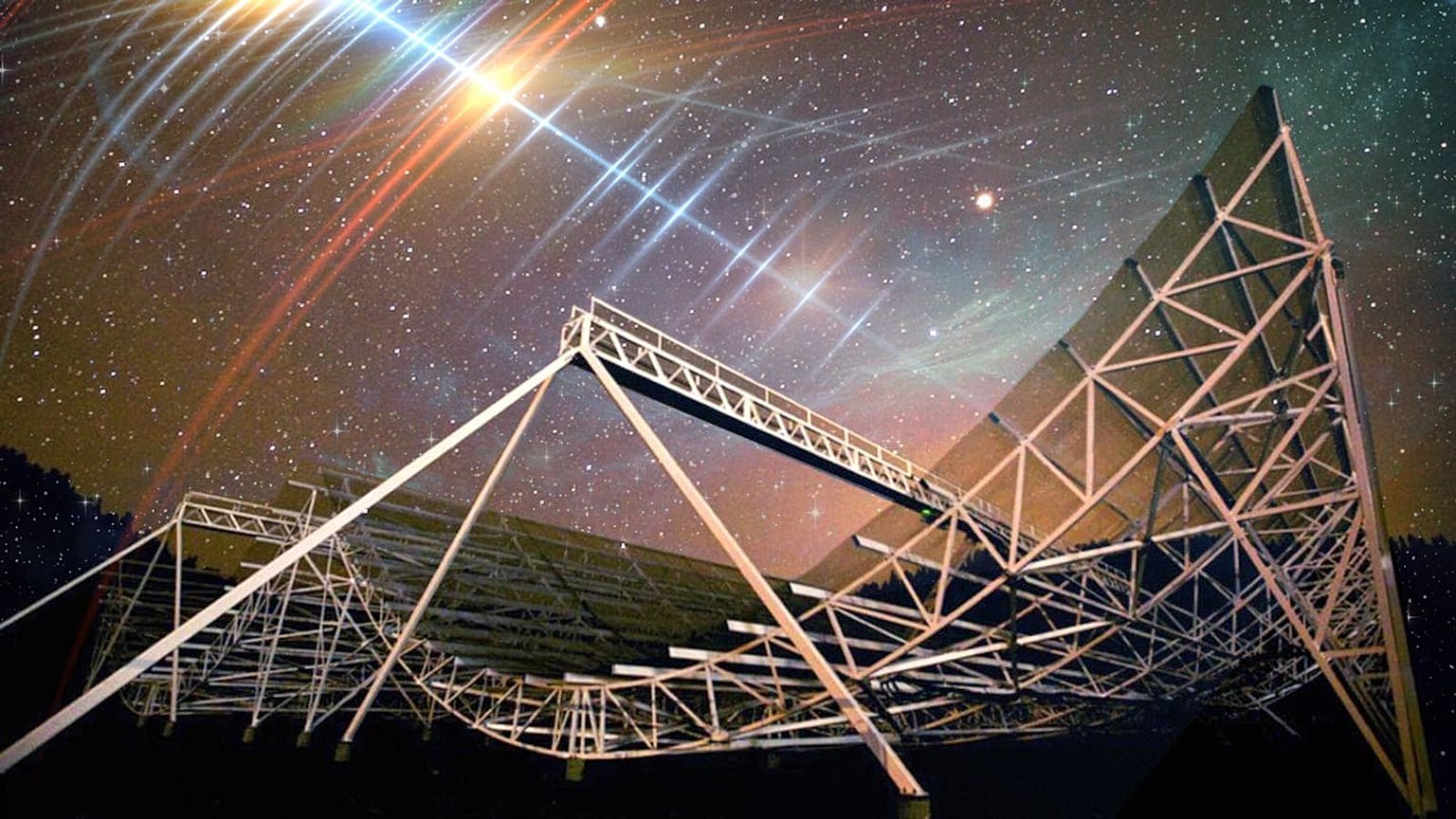The signal is coming from a galaxy billions of light-years from Earth.
Astronomers have detected a strange radio signal that emits periodically “like a heartbeat” and is coming from the depths of space.
Scientists at the Massachusetts Institute of Technology (MIT) in the United States were caught by surprise due to the intensity of the radio bursts, as well as their regularity.
The signal is classified as a fast radio burst (FRB), which are intense bursts of radio waves of unknown origin.
This one studied by scientists at MIT and other institutions is currently the longest-lasting FRB to date, with the clearest periodic pattern.
Named FRB 20191221A, the signal persists for much longer - around 1,000 times longer in fact - than the typical FRB, raising questions about what could be causing it.
FRBs tend to last for a few milliseconds at most, but FRB 20191221A goes on for up to three seconds, with radio waves repeating every 0.2 seconds in what the astronomers call a “clear periodic pattern”.
What could be causing it?
While mysterious radio signals from space often set off excited talk of potential communication from aliens, the explanation is likely that the signal comes from a rare type of star.
Astronomers suspect the signal could be coming from a type of neutron star, which are extremely dense, rapidly spinning collapsed cores of giant stars, left over from supernovas.
The scientists, publishing their work in the journal Nature, say it could be caused by a radio pulsar or magnetar star, both of which are types of neutron stars.
“There are not many things in the universe that emit strictly periodic signals,” said Daniele Michilli, from MIT’s Kavli Institute for Astrophysics and Space Research.
“Examples that we know of in our own galaxy are radio pulsars and magnetars, which rotate and produce a beamed emission similar to a lighthouse. And we think this new signal could be a magnetar or pulsar on steroids”.
‘Boom, boom, boom’
The first FRB was discovered in 2007, and since then hundreds of similar flashes of radio waves have been detected across the universe.
The vast majority of FRBs so far discovered were one-offs, lasting for a few milliseconds before disappearing.
FRB 20191221A was discovered in 2019, with Michilli immediately noticing the unusual data being picked up by the Canadian Hydrogen Intensity Mapping Experiment (CHIME).
“It was unusual. Not only was it very long, lasting about three seconds, but there were periodic peaks that were remarkably precise, emitting every fraction of a second – boom, boom, boom – like a heartbeat. This is the first time the signal itself is periodic,” he explained.
The team wants to detect more signals from the source, which they say could be used as an astrophysical clock.
They could study the frequency of the bursts, and how they change as the source moves away from Earth, to measure the rate at which the universe is expanding.
FRB 20191221A ‘a million times brighter’
The astronomers say there were similarities found between FRB 20191221A’s radio bursts and those found in our own galaxy.
However the pulse from FRB 20191221A appeared to be more than a million times brighter than those other signals.
Michilli says the luminous flashes may originate from a distant radio pulsar or magnetar that is normally less bright as it rotates and for some unknown reason ejected a train of brilliant bursts, in a rare three-second window that CHIME was luckily positioned to catch.
“CHIME has now detected many FRBs with different properties,” Michilli said.
“We’ve seen some that live inside clouds that are very turbulent, while others look like they’re in clean environments. From the properties of this new signal, we can say that around this source, there’s a cloud of plasma that must be extremely turbulent”.
Michilli added that the detection raises more questions about what could cause such an extreme signal that has never been seen before.
“Future telescopes promise to discover thousands of FRBs a month, and at that point we may find many more of these periodic signals,” he said.


















